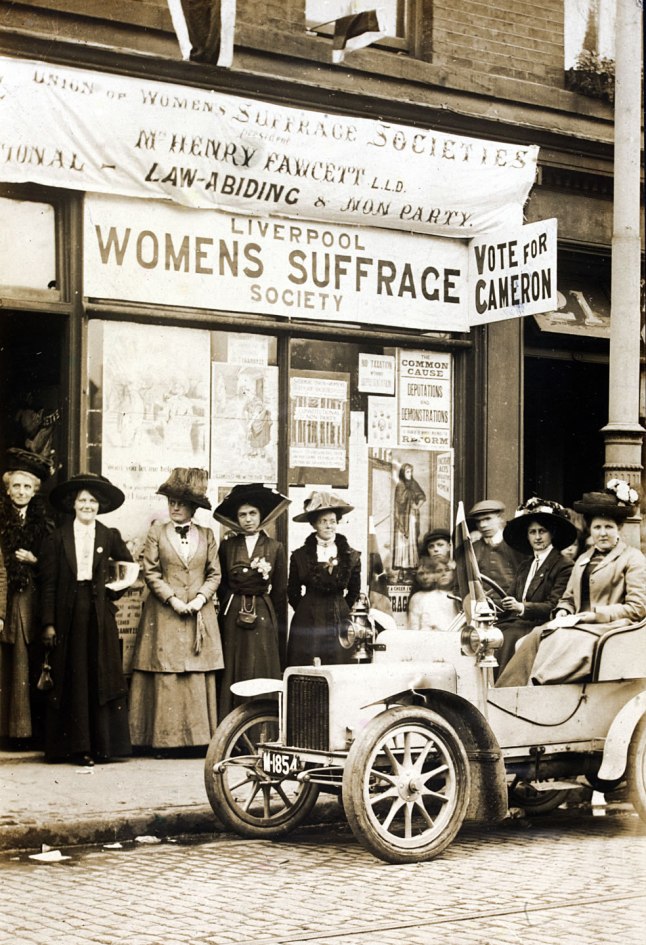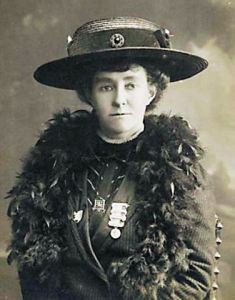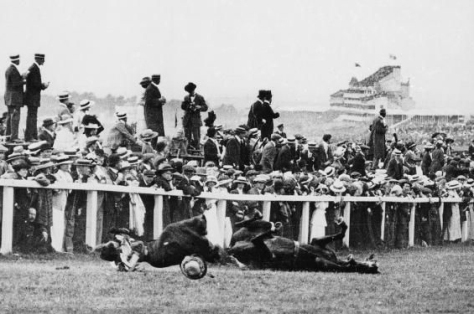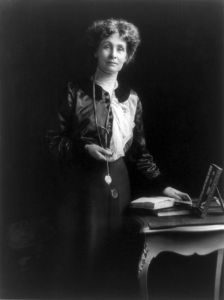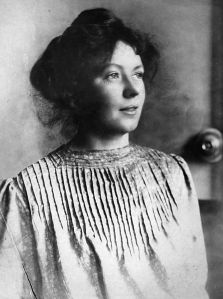We dealt a lot with the suffragettes in the past weeks and looking at the movement from different perspectives also shaped our personal opinions. At this point, we think it makes sense to summarize our views and opinions based on the knowledge we’ve earned.
First statement:
I’m well aware that women suffered from discrimination solely based on their gender in many parts of the world, in some case until this day. But this part of British history (and history all over the world) is still rather hard to grasp for someone who’s born in modern times and never really experienced this kind of discrimination personally. Just like most things which happened outside of the familiar environment, the suffragettes movement remains sort of surreal.
Especially considering the length of the campaigns and all the measurements that were obviously (and sadly) necessary to gain the simple right to vote and some more recognition in the daily life.
Why was it that hard for men to give in? Was their stubborness worth all the chaos? It might be “easy” to ignore peaceful protests of the suffragists which actually seemed like the better solution but once things got violent they still didn’t change anything for years. In fact, it only got worse.
As in most revolutions, it needed World War I as a catastrophe to revise things for the female population. Historians tend to fight over the role of the war in this movement but I believe that it strongly influenced the role of women for the better during cruel times. Without the women’s hard work for their country their campaigns probably would have lasted many more years before reaching a significant goal.
No one can predict the future that’s why I’m certain that is was important to raise awareness even though some of the suffragettes acted way too extreme by placing a bomb for example and risking other people’s lives.
It’s honestly a shame that the situation had to escalate this far.
Second Statement:
It’s hard to believe that people used to live in a world, where women weren’t even allowed to vote, even though we also live in a society where women still aren’t 100% equal to men, and I personally think that it will take us at least another couple dozen years to get there.
I think that this kind of situation is so hard to grasp because we live in a globalized, connected and modern world, and only 100 years the world wasn’t anywhere near this point. We can’t understand it because just don’t live in a world that’s comparable with the world and all it’s cultures and societies at the very beginning of the 20th century.
We can’t comprehend what made men think that women aren’t capable of most things besides cooking, washing and raising children, and they weren’t even fully trusted with raising children as women weren’t able to have custody for their children when the man wanted it or didn’t want her to have it.
As seen in the movie “Suffragette” the main character, Maud Watts, not only had to endure immense cruelty by police forces, she also had to live with the fact that she later wasn’t allowed to see her own son, just because her husband didn’t want her to. She was seen as a disgrace for being a suffragette. For fighting for her right to vote and for her right to have a free will, to live an independent life without needing the approval of a man. All they wanted was being equal to men, not superior, as I think it was and is often misinterpreted.
I can understand why some of them started using physical violence to make their point. Just imagine talking to someone face to face and this person just doesn’t react. So you try again. And again. But this person acts like you’re not there. Eventually they get their friend to slap you in the face. And still no one is listening to you. Wouldn’t you get angry, too?



